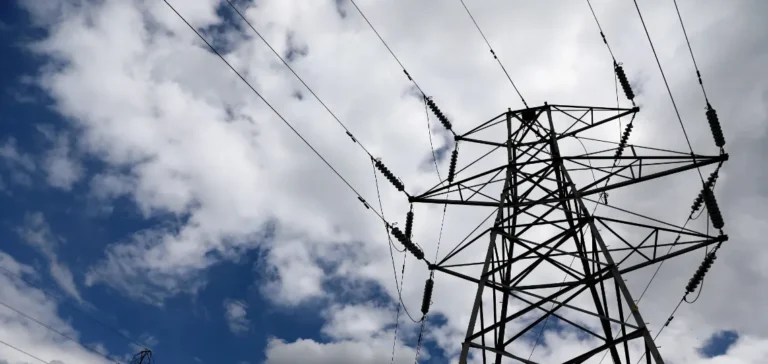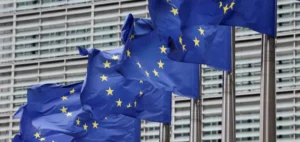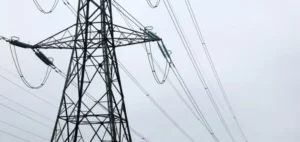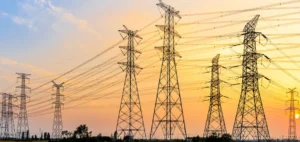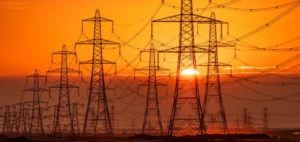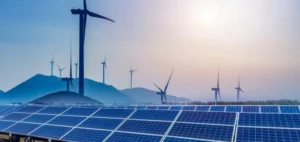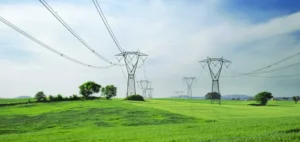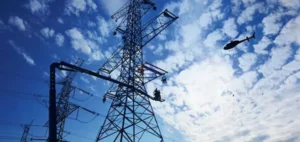The Association of Southeast Asian Nations (ASEAN) could avoid up to $2.3 billion in economic losses by 2040 by investing between $4 billion and $10.7 billion in smart electricity grids, according to a report published by an independent energy think tank.
Targeted investments in fast-growing economies
The report identifies Indonesia, Vietnam and the Philippines as the most exposed markets, due to the frequency of outages and rising energy demand. In contrast, Singapore and Malaysia, already engaged in grid digitalisation strategies, serve as regional benchmarks. The disparity among countries highlights the need for a collaborative approach to standardise practices and share expertise within the bloc.
Starting at $4 billion, investments would focus on deploying smart meters and automated control devices. A funding level of $10.7 billion would allow for an advanced level of optimisation, incorporating energy storage, cross-border interconnections and predictive digital tools.
A lever to secure supply and generate jobs
Smart grids would enable real-time balancing of production and consumption through the integration of sensors, automation, and forecasting software. This ability to manage increasingly complex energy systems is essential for absorbing the growth of renewables without compromising grid stability.
The report also outlines the potential for creating between 243,000 and 649,000 jobs across engineering, information technology, construction, and maintenance sectors. These economic benefits would complement the reduced use of diesel backup generators and improvements in air quality.
Technical and financial barriers to address
Despite notable progress between 2015 and 2020, including a 60% reduction in outage duration and frequency, the development of smart grids remains constrained by financial limitations, lack of technical harmonisation, and uneven political commitments.
Most current systems still operate under rigid structures, poorly suited to the flexibility required by intermittent sources such as wind and solar. Measures like dynamic pricing or active demand management remain limited across the region.
Regional coordination to accelerate deployment
Several countries have launched pilot initiatives, including demand response mechanisms, curtailment reduction tools, and cybersecurity programmes. The report suggests that linking national efforts with regional coordination frameworks could strengthen financing mobilisation and enhance operational efficiency.
Carlos Kuriyama, Director of the Policy Support Unit at the Asia-Pacific Economic Cooperation (APEC) Secretariat, stated that “smart grids are essential for meeting growing energy demands and managing increasingly complex systems in the region.”


